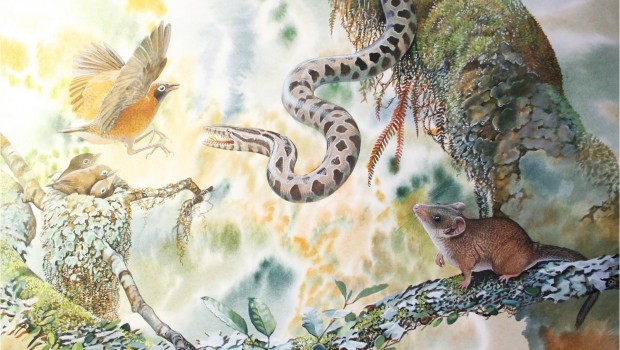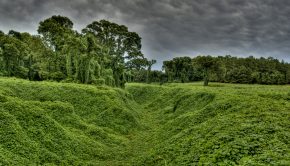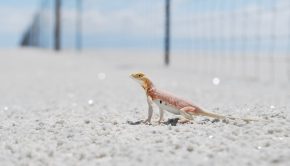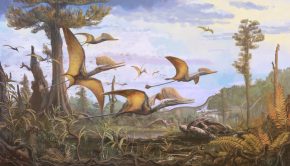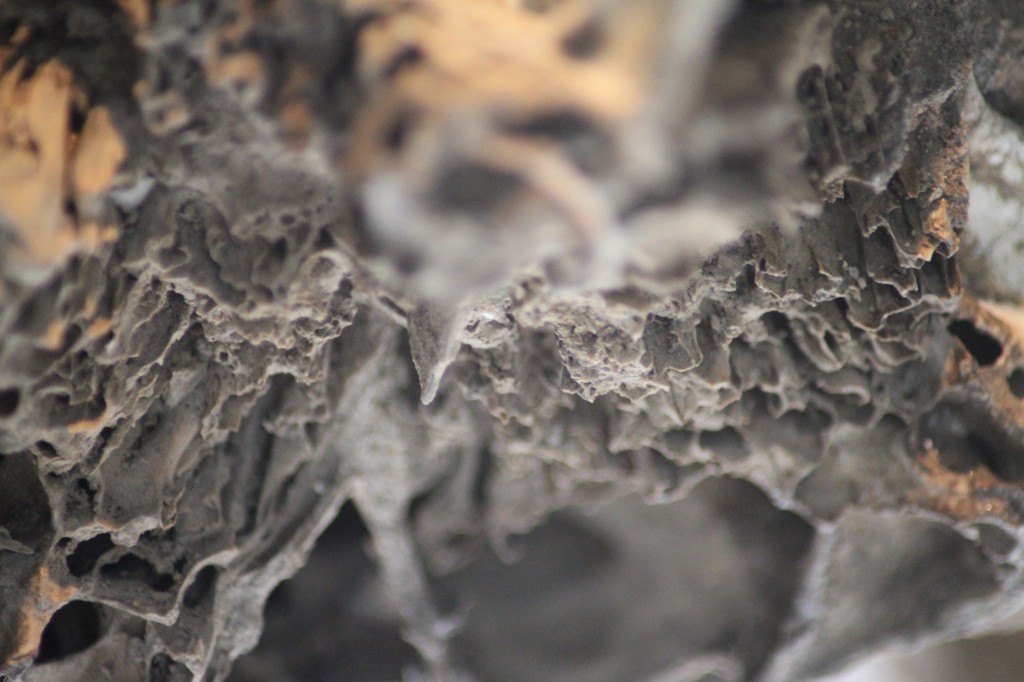Episode 24: Marsupial evolution
Marsupials are a group of mammals best known from Australia, but are also present in South America and up to the southern and eastern parts of the USA. Despite their current geographical distribution, metatherians (the group containing marsupials and other marsupial-like mammals) were once much more cosmopolitan; the earliest fossil evidence being from the Cretaceous of China, in the Northern Hemisphere.
The story of marsupial evolution is therefore much more complex than is first apparent: When did metatherians and eutherians (placental mammals) diverge? Why are eutherians much more common? Why are metatherians restricted to the Southern Hemisphere? To answer some of these questions we spoke to Dr. Robin Beck, an expert on marsupial and metatherian phylogenetics, from the University of New South Wales, Sydney, Australia.
Podcast: Download (Duration: 1:03:36 — 50.9MB)
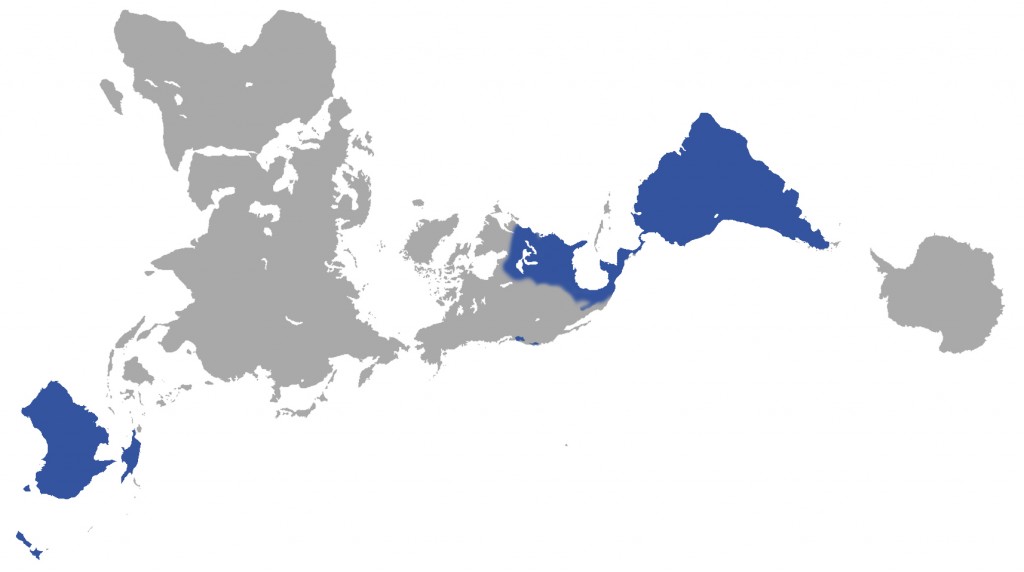
The geographic distribution of marsupials at the present day. Image credit: Azcolvin429 CC BY-SA 3.0.
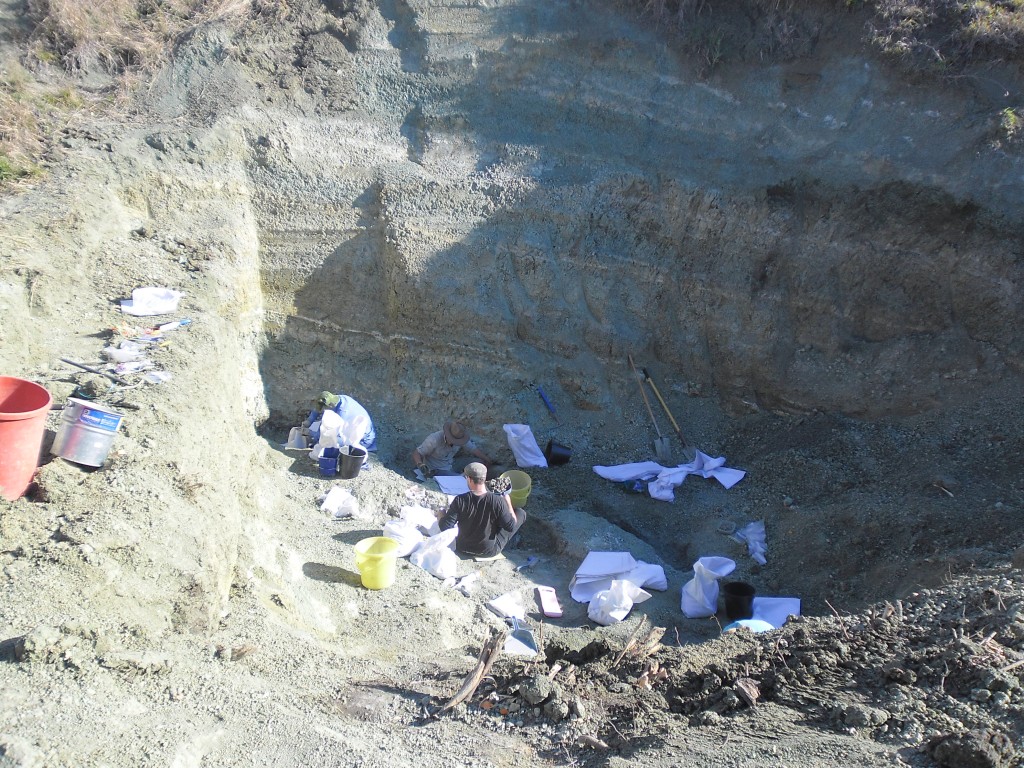
Pictured in 2012, the early Eocene (~55 Ma old) Murgon fossil site, approximately 270 km north-west of Brisbane, near the town of Murgon. The fossils found here are named the ‘Tingamarra fauna’ and include such groups as crocodiles, turtles, birds and marsupials. Interestingly the species Tingamarra porterorum is thought to be a eutherian (placental mammal) and not a marsupial. This shows that marsupials weren’t always as free from competition from placental mammals as has always been assumed.
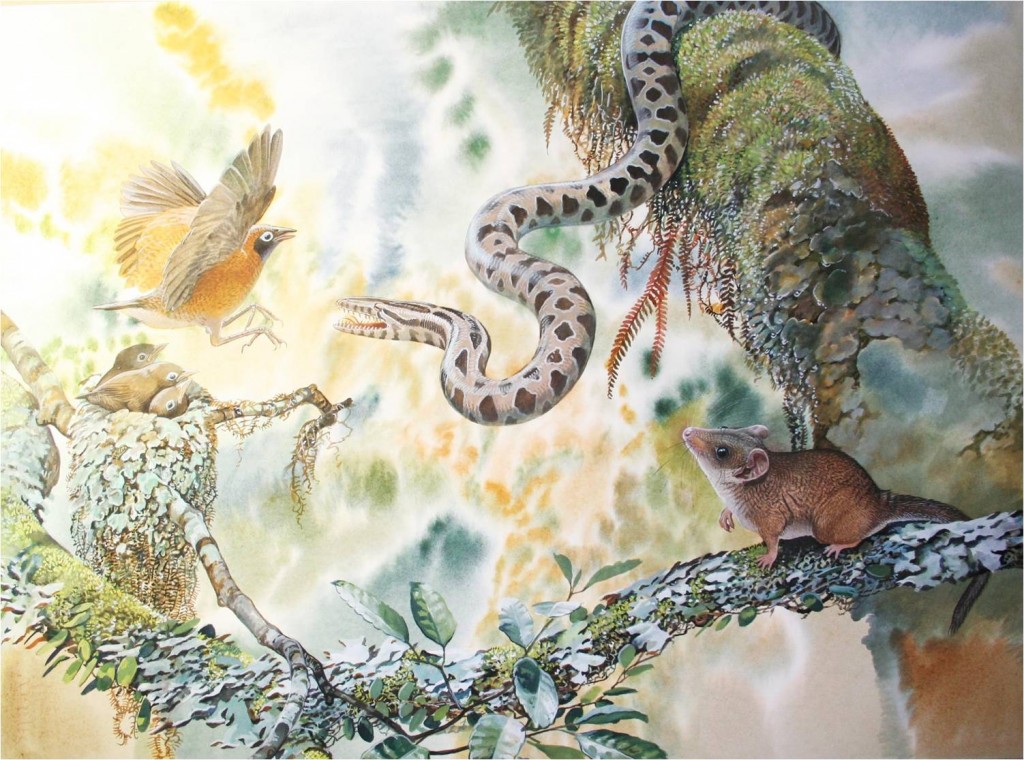
Reconstruction of the Tingamarra fossil site. The early Australian marsupial Djarthia murgonensis is visible bottom right. Illustration by Peter Schouten from the forthcoming book “The Antipodean Ark”, CSIRO Publishing.
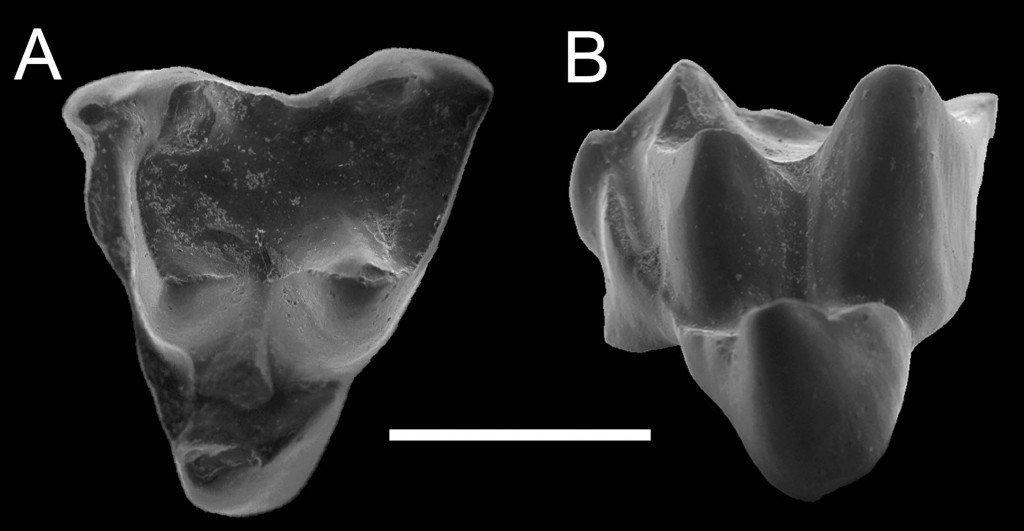
A fossil tooth of a marsupial/metatherian from Tingamarra named by Dr. Beck after one of his colleagues, Henk Godthelp, one of the research leaders at Tingamarra. Henk’s nickname is ‘The Old Bastard’, so he called the species Archaeonothos henkgodthelpi, which translates, roughly, to ‘the ancient illegitimate of Henk Godthelp’. The name also reflects that this species appears unrelated to other Australian marsupials. Despite this being just an isolated upper-molar, morphological similarities suggest this specimen may be related to other fossils from Peru and Tunisia.
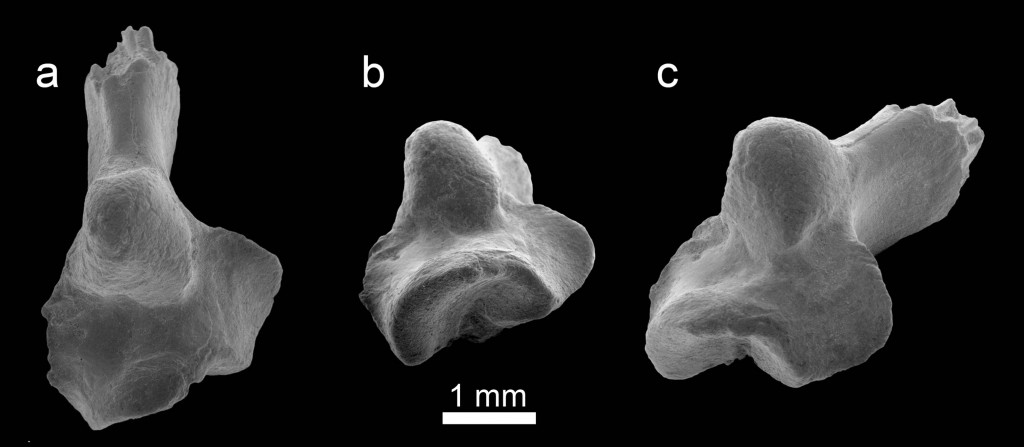
A footbone of a ‘South American’ marsupial from Tingamarra. Specimen QM F30060 shows characters which suggest a closer relationship to Southern American marsupials. When considered alongside A. henkgodthelpi, the notion of Australia’s marsupial fauna arriving by a single migration event is put into question.
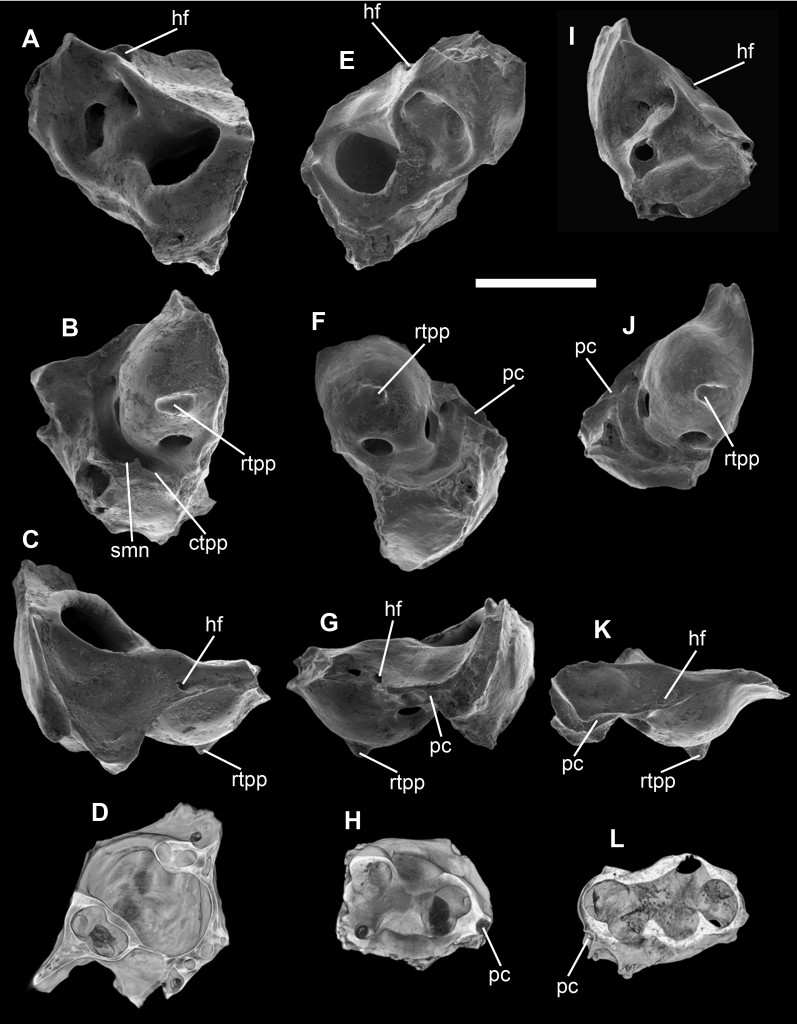
Isolated petrosals (bones in the basal part of the skull) of Djarthia murgonensis. Specimens are illustrated by scanning electron micrographs of the cerebellar (A, E and I), tympanic (B, F and J), and squamosal (C, G and K) faces, and by coronal CT images (D, H and L). Scale bar, 2 mm.
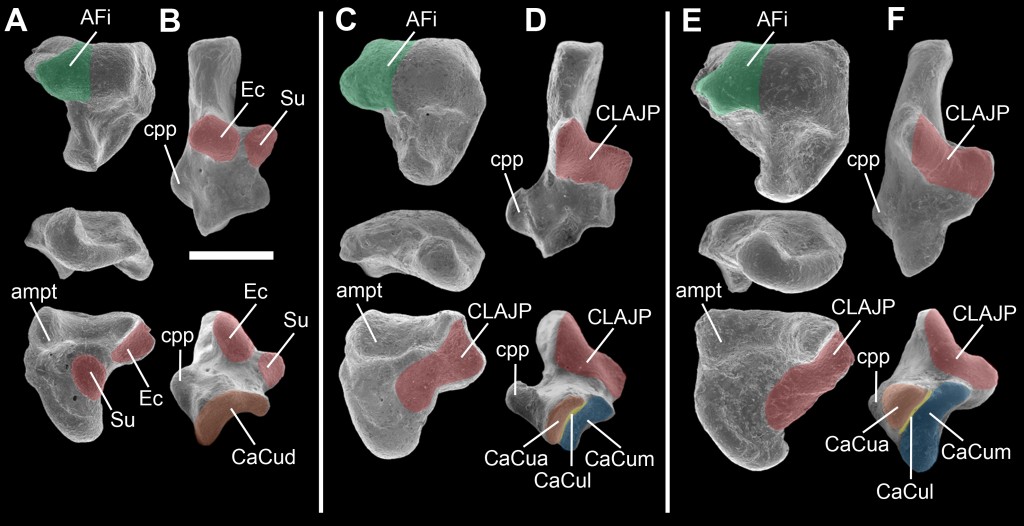
Comparison of isolated tarsals of Djarthia murgonensis (C-D) with the extant australidelphian marsupial Dromiciops australis (E–F) and an extant nonaustralidelphian (‘ameridelphian’) marsupial Thylamys elegans (A–B). Scale bar, 1 mm. Presence of the continuous lower ankle joint pattern (red) and subdivision of the calcaneocuboid facet into three distinct facets are australidelphian synapomorphies. AFi, astragalofibular facet (green); ampt, astragalar medial plantar tuberosity; CaCua, auxiliary calcaneocuboid facet (orange); CaCud, distal calcaneocuboid facet (orange); CaCul, lateral calcaneocuboid facet (yellow); CaCum, medial calcaneocuboid facet (blue); CLAJP, continuous lower ankle joint pattern (red); cpp, peroneal process of the calcaneus; Ec, ectal facet (red); Su, sustentacular facet (red).
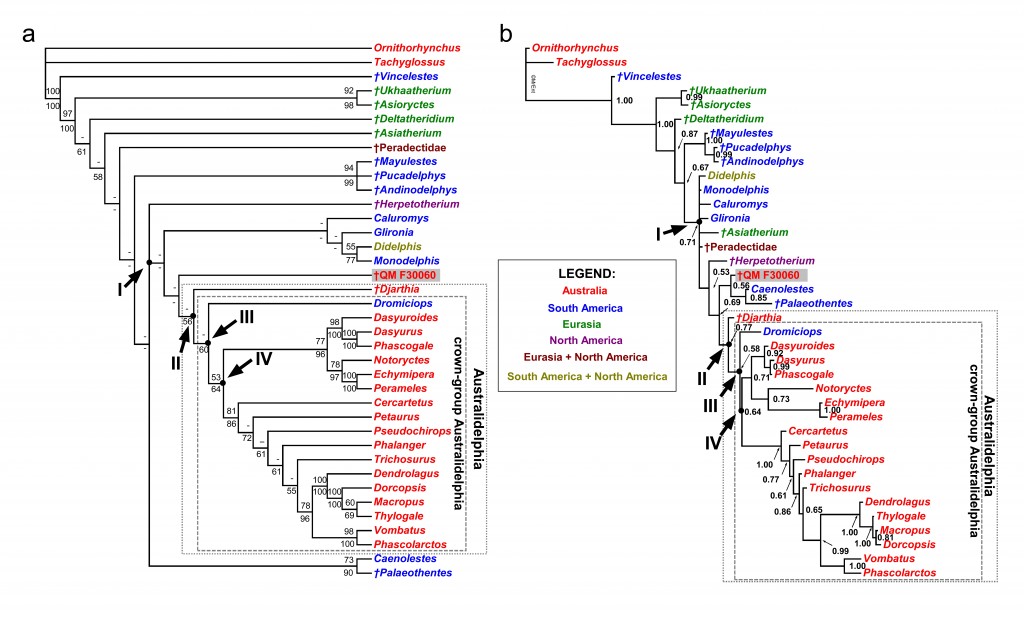
Metatherian phylogeny published by Dr. Beck in 2012. Individual species have been coloured by geographic region. Both trees are based on morphological data with a ‘molecular scaffold’ but use different statistical methods (a. is using maximum parsimony and b. is using Bayesian inference). Note the two Tingamarran taxa – Djarthia and QM F30060 (the ankle bone) – do not group with the modern Australian marsupials (red); there is at least one South American marsupial ‘in between’. This means that the single dispersal model is wrong.
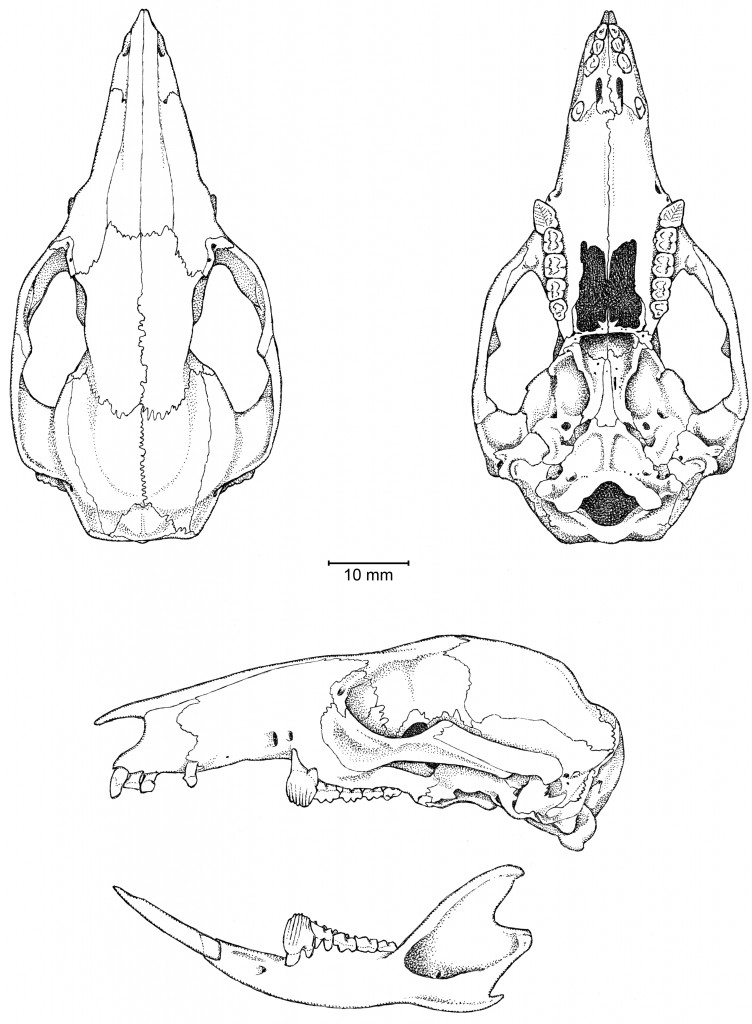
Dr. Beck is also involved in a project to document morphological characteristics seen in marsupials in order to produce accurate reference materials for researchers. For this he uses the talents of artist Patricia Wynne. Figured: Skull of the musky rat kangaroo (Hypsiprymnodon moschatus).

